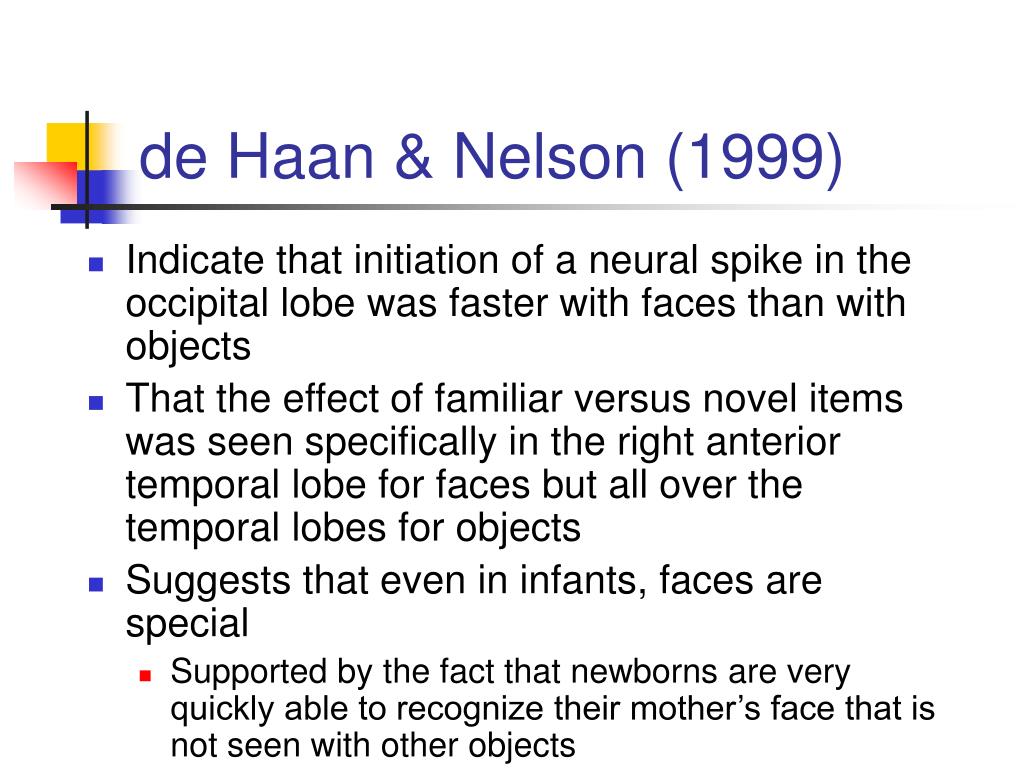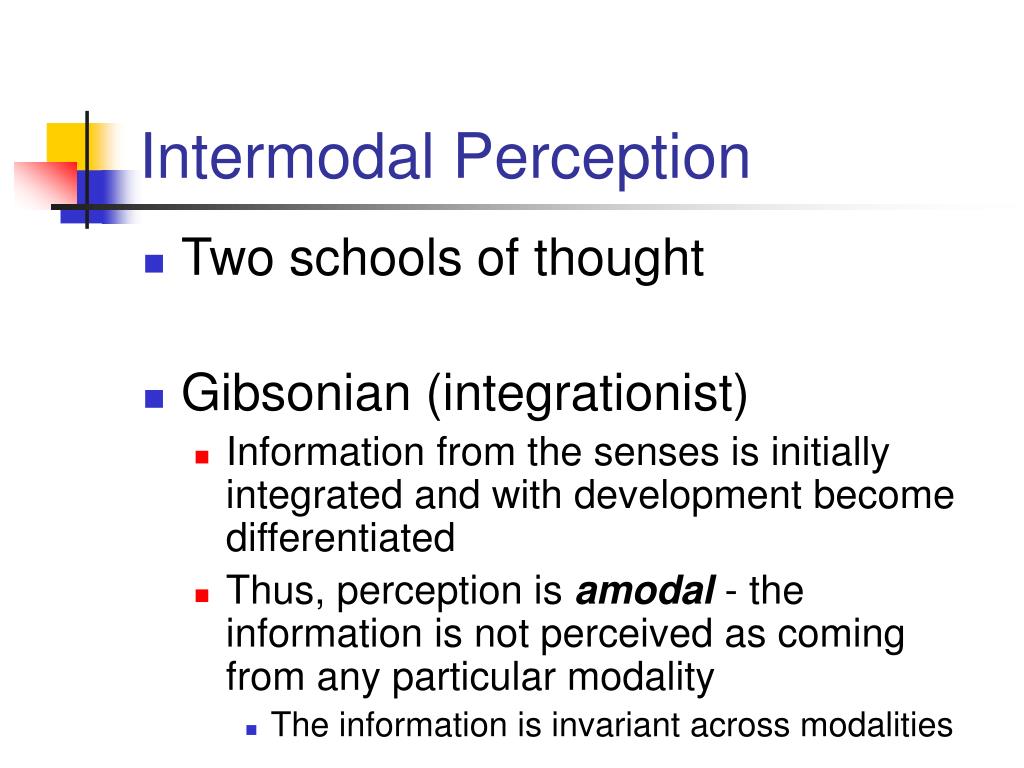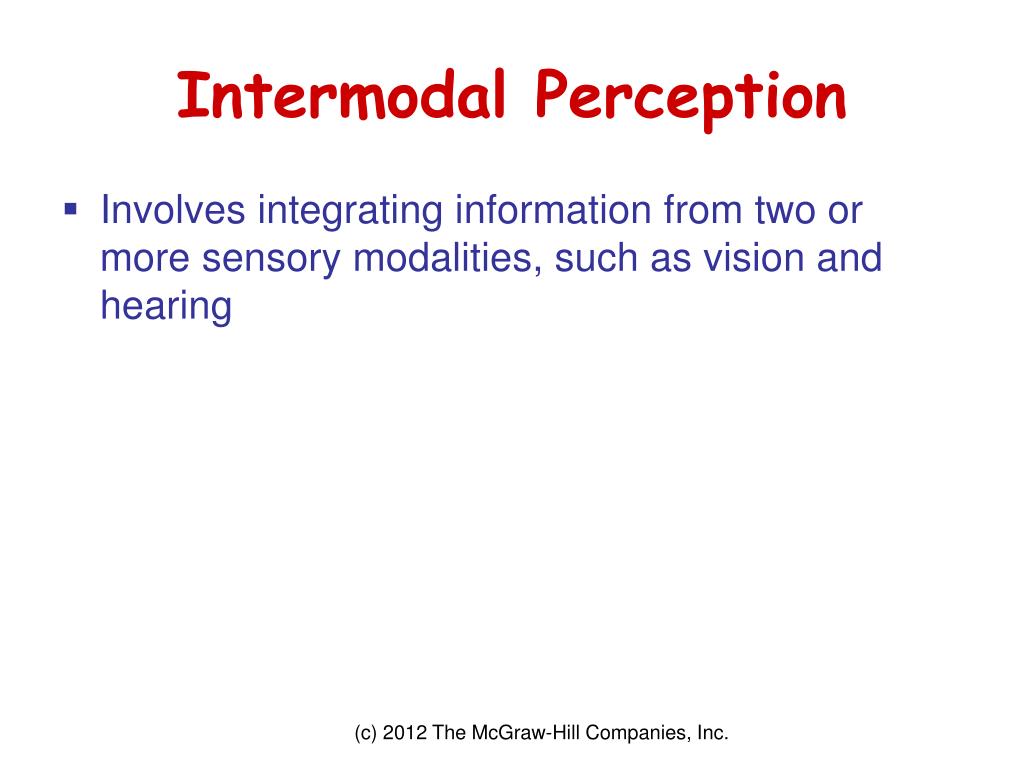

An Essay Toward a New Theory of Vision (Pepyat, Dublin, 1709). An Essay Concerning Human Understanding (Basset, London, 1690).īerkeley, G. We demonstrate that 29-day-old infants can recognise which of two visually perceived shapes matches one they previously explored tactually, thus supporting the second hypothesis listed above. The experiments reported here show that humans can recognise intermodal matches without the benefit of months of experience in simultaneous tactual–visual exploration. Infants of this age repeatedly reach out and touch objects they see, and such simultaneous bimodal exploration presumably offers ample opportunity for learning to correlate tactual and visual sense impressions. However, such data cannot help resolve the classic theoretical debate. Recent research has shown that 6–12-month-old infants can recognise certain tactual–visual matches 8–11.

A second hypothesis is that the detection of shape invariants across different modalities is a fundamental characteristic of man's perceptual–cognitive system, available without the need for learned correlations 4–7. One hypothesis is that humans begin life with independent sense modalities and that simultaneous tactual and visual exploration of shapes is needed to learn to correlate the separate tactual and visual sense impressions of them 1–3. The ontogenesis of man's capacity to recognise such intermodal matches has long been debated. 6: 22–32.Normal human adults judge two identical objects to have the same shape even when they are perceived through different modalities, such as touch and vision. Infant visual fixation on motion pictures of the human face. Brief report: Preferential looking in intermodal perception by children with autism, J. (ed.), Advances in Infancy Research, Ablex, Norwood, NJ, pp. Infants' perception of the affordances of expressive behaviors. Intermodal perception of expressive behaviors by human infants. Infants' intermodal perception of events.

(ed.), Handbook of Infant Development, Wiley, New York, pp. Autistic children's knowledge of thinking and feeling states in other people. Prior, M., Dahlstrom, B., and Squires, T. Recognition of facial expressions by seven-month-old infants. Intermodal perception of affect in persons with autism or Down syndrome. A., Tunali-Kotoski, B., Chen, R., Brelsford, K. (1987) Pretense and representation: The origins of “theory of mind”. Infants' Reactions to Different Expressions of Emotions, Society for Research in Child Development, Philadelphia. Autistic disturbances of affective contact. The Maximally Discriminative Facial Movement Coding System (MAX), University of Delaware, Newark, DE. (1994) Differential responses to emotion in children with autism, Dissertation, Rutgers University. Emotion recognition in autism: Coordinating faces and voices. (eds.), Autism: New Perspectives on Diagnosis, Nature and Treatment, Guilford Press, New York. The autistic child's appraisal, of expressions of emotion. The Ecological Approach to Visual Perception, Lawrence Erlbaum Associates, Inc., Hillsdale, NJ. Autism: Explaining the Enigma, Blackwell, Oxford. The responsiveness of autistic children to the predictability of social and nonsocial toys. (eds.), Autism: Nature, Diagnosis and Treatment, Guilford, New York, pp. Arousal, attention, and the socio-emotional impairments of individuals with autism. Does the autistic child have a “theory of mind”? Cognition 21: 37–46.ĭawson, G., and Lewy, A.


 0 kommentar(er)
0 kommentar(er)
